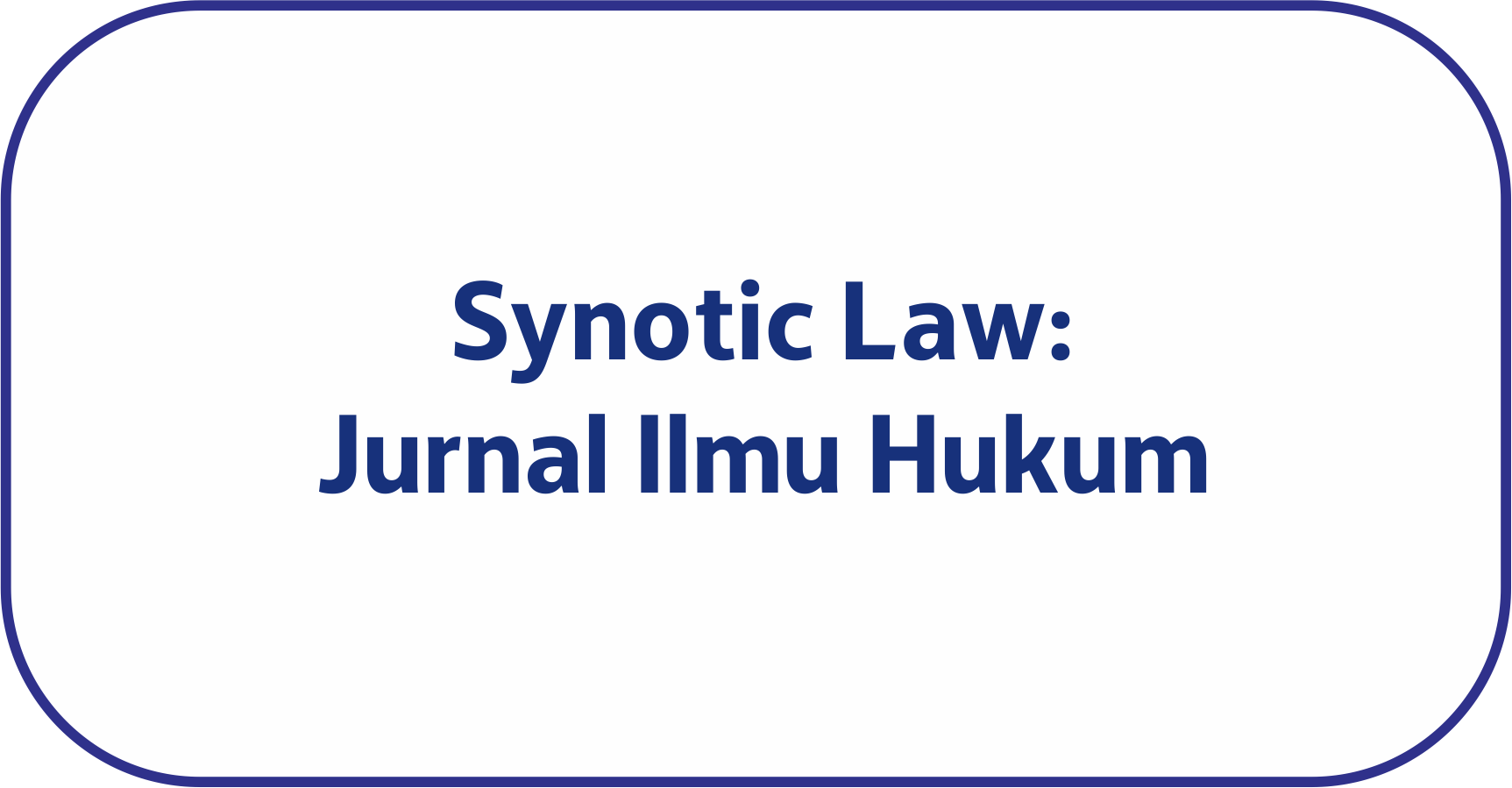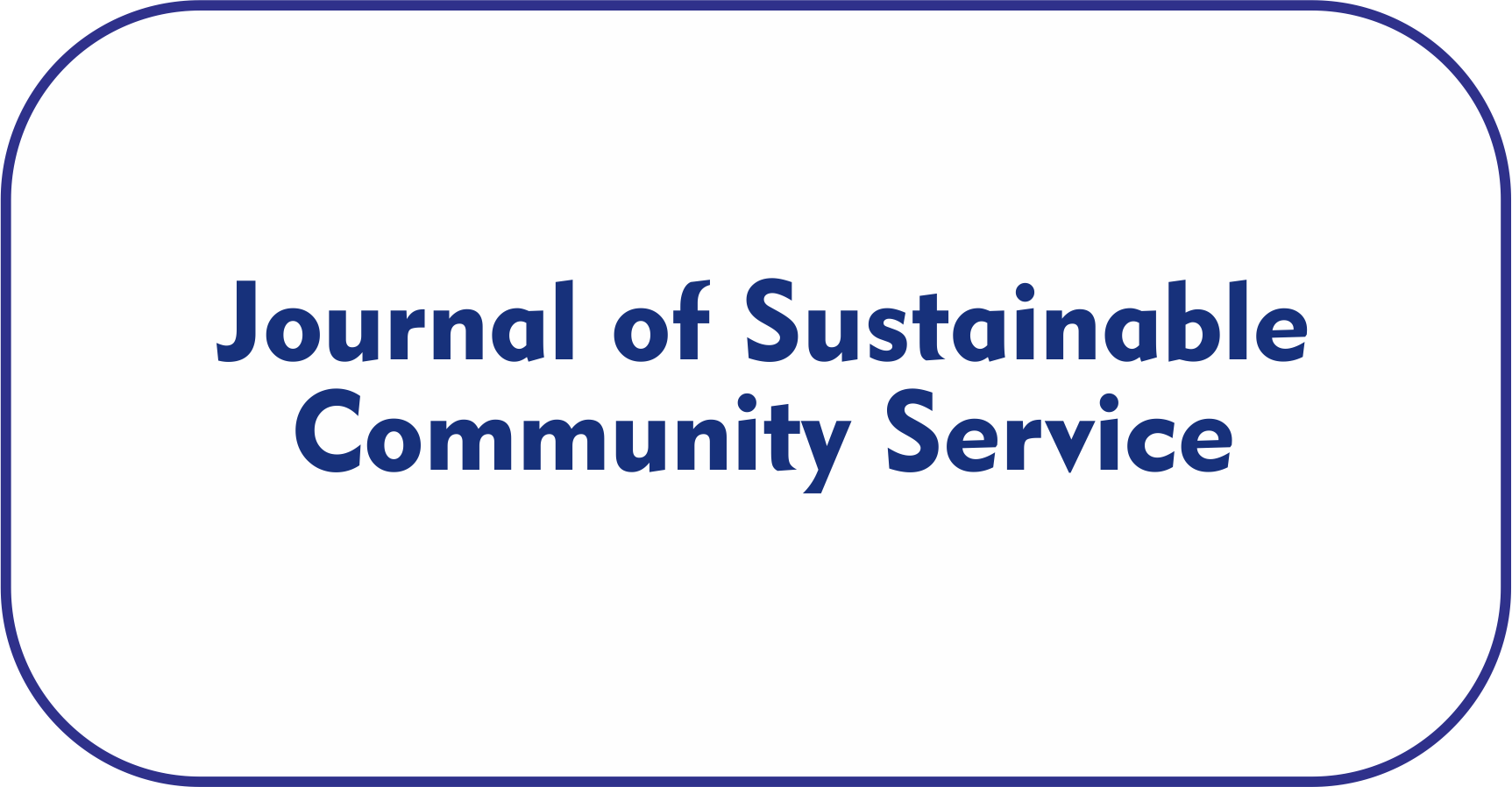Hajj and Umrah Savings Financing: Study of Financing Model at PT Hannan Nusantara in the Perspective of Maqashid Sharia
Main Article Content
Imam Mawardi*
Arivatu Ni'mati Rahmatika
Indonesian people have a very high desire to perform worship and use Hajj and Umrah savings financing through a travel company, namely PT Hannan Nusantara. The goal of this paper is to examine the phenomenon of Hajj and Umrah financing, focusing on its alignment with maqashid sharia (the objectives of Islamic law) and maslahah mursalah (public benefit). This study uses a qualitative research method, namely research that produces findings without using statistical calculation procedures in analysis, in conducting qualitative research with a case study approach. The results of this study are There is no guarantee for participants so that financing problems that occur will harm one party, both the Institution and the participants. There is no responsibility for participants after death, because in the principles of Islamic economics, the heirs of the Hajj and Umrah pilgrims are responsible, then there is a misuse of PMA regulation number 8 of 2018 which should have taken the loan funds from A. Partners or Financial Institutions, but in this case PT Hannan Nusantara acquired the Hajj Savings Institution, ownership of PT Hannan Nusantara.
Abidin, M. Z. (2016). Analisis Investasi Dana Haji Dalam Pembiayaan Infrastruktur Dan Peningkatan Kualitas Penyelenggaraan Ibadah Haji. Harmoni, 15(2), 152–164.
Bachtiar, F. S., Basuki, S., & Wicaksono, G. W. (2023). Implementation of Hajj and Umrah Q&A System Using Case-Based Reasoning (CBR). AIP Conference Proceedings, 2702(1). https://doi.org/10.1063/5.0185777
Bidol, S., & Astuti, A. (2019). Pengelolaan Pembiayaan Dana Talangan Haji Melalui Akad Qardh Pada Pt . Bank Tabungan. Manajemen, Program Studi Ekonomi, Fakultas Fajar, Universitas Indonesia, Makassar, 2, 44–51.
Creswell, J. W. (2021). Qualitative Inquiry And Research Desain: Choosing Among Five Tradition.
Disbintalad, T. (2002). Al-Quran Terjemah Indonesia (Jakarta: PT.Sari Agung), 192.
Friyanni, Y. (2022). nalisis Pengelolaan Dana Talangan Haji Pada Bank Syariah Indonesia Ahmad Yani Cabang Kudus Pasca Merger Mitra Dengan Fif Amitra Syariah. Masters Thesis, IAIN Kudus., 12(1), 13–36.
Hanida, K. N. (2022). Pengelolaan Produk Amitra (Pembiayaan Haji Dan Umrah) Di Unit Usaha Syariah FIFGROUP Cabang Kediri Dalam Perspektif Manajemen Risiko Syariah. Undergraduate (S1) Thesis, IAIN Kediri.
Harahap, L. R. (2018). Zakat Fund As The Starting Point of Entrepreneurship in Order to Alleviate Poverty (SDGs Issue), jurnal, Global Review of Islamic Economics and Business, Vol. 6, No. 1 (2018) 063-07.
Herdiansyah. (2019). Al Muwafaqat karya masterpiece Imam Asy-Syatibi. Das Solen, 3(01).
Hidayati, T., Hidayatullah, M. S., Komarudin, P., & Atika, A. (2023). Digitalization of Islamic Finance: Epistemological Study of the National Sharia Board-Indonesian Council of Ulama’s Fatwa. Al-Ahkam, 33(2). https://doi.org/10.21580/ahkam.2023.33.2.17324
Huda, S. N., & Saripudin, U. (2022). Implementasi Teori Maqashid Syariah Dalam Fikih Muamalah Kontemporer. Maro: Jurnal Ekonomi Syariah Dan Bisnis, 5(1), 15–23. https://doi.org/10.31949/maro.v5i1.1851
Hulwati, H., Mujiono, S., Andespa, R., & Fadhlan, A. (2023). Unveiling the Benefits of Hajj Funds Investment in Indonesia. Share: Jurnal Ekonomi Dan Keuangan Islam, 12(1), 179. https://doi.org/10.22373/share.v12i1.16082
Latifah, A. (2017). Analisis Implementasi Pembiayaan Talangan Haji Pada Koperasi Syariah Ikatan Haji Yayasan Arwaniah Kudus. Undergraduate Thesis, Stain Kudus.
Leuwiliang, K., Kasus, S., & Amanah, B. (2018). Pengaruh Pembiayaan Murabahah Terhadap Perkembangan UMKM Di Kecamatan Leuwiliang (Studi Kasus BPRS Amanah Ummah). Badan Pusat Statistik Indonesia, 5(2), 273–310.
Maimunah, M. (2018). Politik Islam Persfektif Maqashid Syariah. EL-Mashlahah, 8(1), 16–29. https://doi.org/10.23971/el-mas.v8i1.974
Maudhunati, S., & Muhajirin, M. (2022). Gagasan Maqashid Syari’ah Menurut Muhammad Thahir bin al-‘Asyur serta Impelementasinya dalam Ekonomi Syari’ah. Jurnal Hukum Ekonomi Syariah, 6(02), 195–209. https://doi.org/10.26618/j-hes.v6i02.9315
Nainggolan, Y. A., Prahmila, D. I., & Syaputri, A. R. (2023). Do board characteristics affect bank risk-taking and performance? Evidence from Indonesian and Malaysian Islamic banks. Journal of Management and Governance, 27(4). https://doi.org/10.1007/s10997-022-09625-w
Nisa, F., & Azzahra, K. (2022). Effect Of Bank Indonesia Sharia Certificates, Domestic Interest Rates And Rupiah Exchange Rates On Indonesia Sharia Stock Index (ISSI). CASHFLOW : Current Advanced Research On Sharia Finance And Economic Worldwide, 1(4). https://doi.org/10.55047/cashflow.v1i4.304
Nurudin, I. (2015). Analisis Kesesuaian Implementasi Pembiayaan Dana Talangan Haji Di Perbankan Syari’ah Dengan Fatwa MUI. Eksyar, Volume 02, Nomor 02, Desember, 7823–7830.
Putri, M. (2023). Penerapan Sistem Gadai Syariah Pada Layanan Pendaftaran Haji ( Studi Kasus Pegadaian Syariah Cabang Kotapinang ). Management Studies and Entrepreneurship Jurnal, 4(5), 5565–5576.
Putro, D. E., Abidin, A. Z., Wardoyo, F. R. S., & Gozali, M. L. (2022). Dana Talangan Haji dalam Perspektif Fiqh Muamalah. Jurnal Ilmiah Ekonomi Islam(JIEI)., 8(3), 3231–3235.
Sinaga, A., Alam, A. P., Arkan, F., & Hasibuan, S. W. (2018). Analisis Pembiayaan Dana Talangan Haji untuk Biaya Perjalan Ibadah Haji. El-Mal: Jurnal Kajian Ekonomi & Bisnis Islam, 1(2), 228–244. https://doi.org/10.47467/elmal.v1i2.519
Sugiyono. (2016). Metode Penelitian Kuantitatif, Kualitatif dan R&D. PT Alfabet.











































